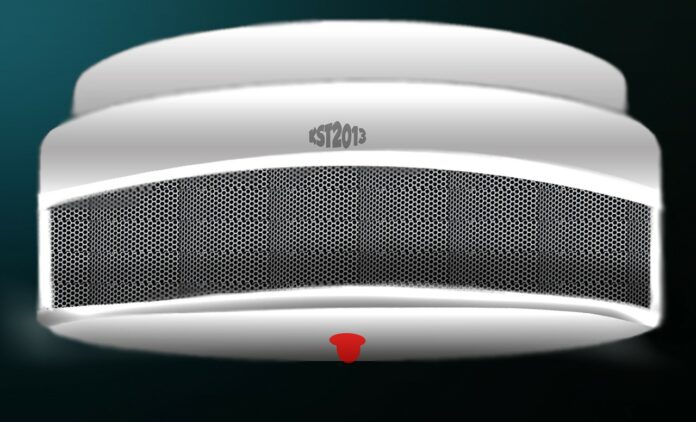Modern houses have incorporated almost everything homeowners have ever dreamt of. From features like heated pools to photoelectric smoke alarms, nothing is being spared while constructing a house. A very important part of building your dream home includes making sure it is safe to live in. This means the building should be equipped to deal with common hazards. The design of the building should also be made taking common accidents like falls into account. All methods to maximise home safety should be used.
Let us look at some of the most basic and overlooked safety hazards and how to deal with them.
Falls
Falls are the most predominant accidents that occur in the home environment. It also has a high risk of injuries, with one out of five adults who fall facing serious injuries. There are various ways to handle this issue like:
- Stabilising Staircases – Staircases are a very dangerous area and are prone to falls. Make sure to have solid handrails and firm flooring while constructing a staircase. Adequate lighting is also important. Safety gates can be used if childproofing is required. Outdoor steps should be cleared of any debris like snow, and mats should be laid down.
- Cover Slippery Areas in Bathrooms – Non-slip stickers can cover slippery areas to avoid stagnation of water. Bathroom rugs can also be secured.
- Toys – Toys are a major tripping hazard. Storage options with easy access should encourage children to stow away toys right after they’re done playing.
Fire
House fires are very dangerous and claim around 180000 deaths globally per year. Fires can be caused by the most unexpected sources like a candle or an iron. The following are some tips to maximise fire safety.
- Fire Alarms – Fire systems are very advanced nowadays. Make sure both ionisation and photoelectric smoke alarms are installed to ensure maximum safety. This helps in detecting both smouldering and flaming fires.
- Fire Extinguisher – There should be at least one fire extinguisher in the house. The placement of extinguishers should be strategic, improving efficiency. Periodic inspections should also be done to ensure the proper working of these.
- Monitoring Hazards – Fire hazards like candles should be monitored and placed away from drapes or curtains. Unused appliances should also be checked and unplugged as electrical fires are also a possibility.
Carbon Monoxide
All burning items produce carbon monoxide (CO), and it is very hard to detect as it leaves no traces. It is very dangerous, and prolonged exposure can be fatal. Houses with fireplaces, garages and fuel-burning appliances often face the issue of CO leaks. A CO detector is the most efficient way to prevent CO problems. Detectors that can plug into electrical sockets are recommended as frequent battery changes can be avoided. Regular home maintenance is also key in preventing CO leaks. While buying older houses, professionals should be hired to inspect the structure and ensure it is safe.
Burns
Burns may not seem that common in a household setting. But they are a very likely possibility when using appliances like the dishwasher or while cooking. Male sure dishwashers are closed in poverty to prevent burns from the steam produced at the end of the cycle. Stove knob covers are also recommended to prevent the burners from being turned on accidentally or by children.
Safety should be the main objective in every stage of construction, from design to the final walkthrough. Keeping yourself and every one of your loved ones safe is very important and should be your top priority while building a house.
Author: Radhe Gupta
Radhe Gupta is an Indian business blogger. He believes that Content and Social Media Marketing are the strongest forms of marketing nowadays. Radhe also tries different gadgets every now and then to give their reviews online.





